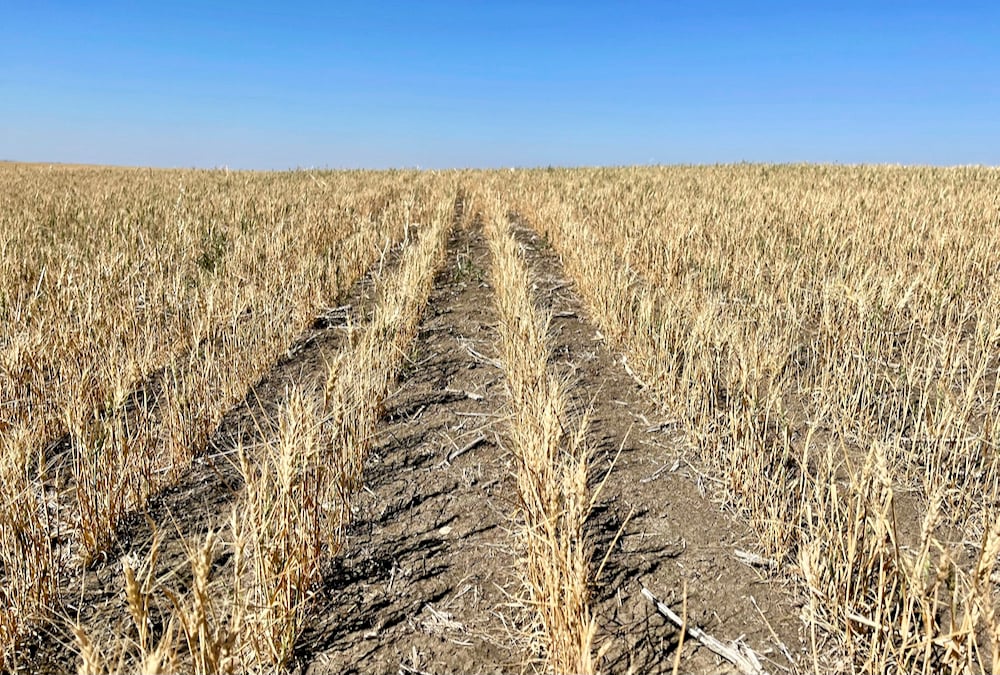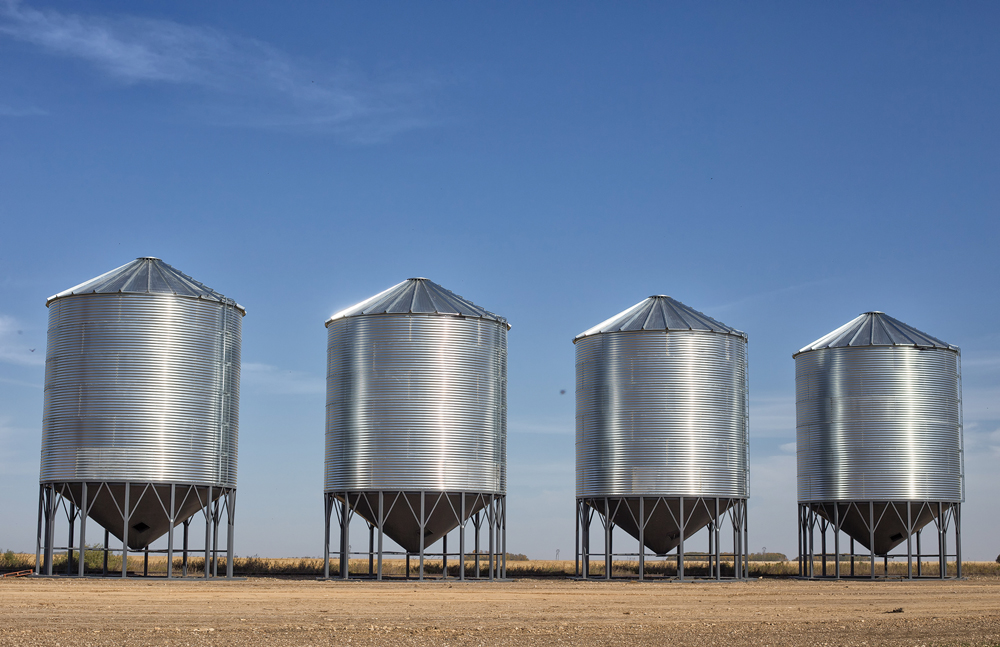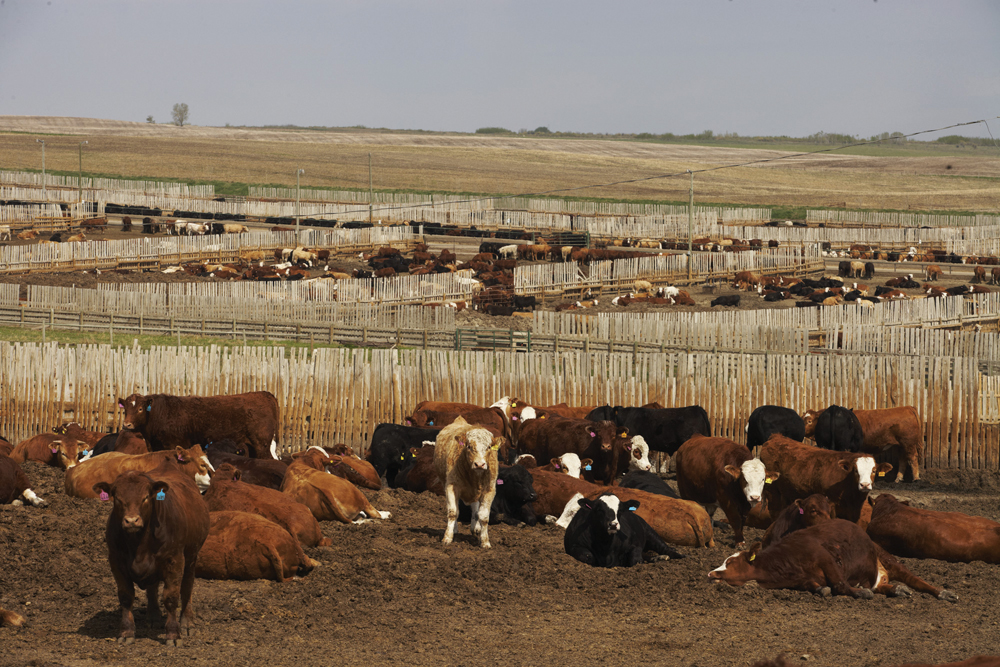Forget waterhemp. Cannabis might be Canada’s fastest spreading weed.
Since being legalized in October 2018, cannabis production exploded across the country. From oils and edibles to dried flowers and other products, consumer demand continues to rise.
But regulations, production woes and massive overcapacity have dragged the industry into a period of consolidation.
The overall market potential is enormous. Chicago consultancy firm Brighfield Group estimates Canada’s cannabis market will grow at an annual rate of 10 per cent over the next five years and reach $8.8 billion, driven by increased sales in edibles and vape products. This year’s sales are estimated at $5.2 billion.
Read Also

Wilbur-Ellis Nutrition purchased by an affiliate of Balmoral Funds
Wilbur-Ellis Nutrition, LLC, a leading provider of custom nutrition products in pet, livestock and aquaculture markets, has been acquired by an affiliate of Balmoral Funds, LLC.
But the sector is facing “decidedly challenging financial circumstances” due to overburdensome regulations and the continued presence of a well-entrenched illicit market, said George Smitherman, head of the Cannabis Council of Canada.
“There’s definitely a lot of consolidation but we have to be careful of how we use the term,” said Smitherman.
“Sometimes it means merging assets. But sometimes its complete financial collapse and loss for investors. That scenario risks being repeated hundreds of times across the country, and really fuels our urgency to make progress on a variety of issues. The cannabis investor has been subsidizing the consumer.”
The sector has several “big asks” regarding government policies and tax levels, he said.
One is a lowering the excise tax rate, which the industry says it needs because its competing with the (untaxed) illicit market.
There are also too many government regulations, said Smitherman.
“There are a lot … and some of it is kind of ‘nanny state,’ like the limit of 10 milligram [of THC] for edibles,” says Smitherman. “It leaves little in the way of product options for more regular consumers.”
There are also issues on the production side. Susceptibility to downy mildew and cannabis aphids continue to be a challenge for growers.
There was little scientific research on cultivation when cannabis was legalized and there is a lack of well-trained growers, said Youbin Zheng, a professor of horticulture at the University of Guelph.
“Due to the fact that the vast majority of the illegal operations were small in scale, and the legal operations are much larger, scaling up at the earlier stage was quite challenging,” said Zheng.
Recent studies debunked many myths held by growers, he added. For example, many have been using overly high levels of phosphate fertilizers that harm yield and quality.
To say some operations have been unprofitable is an understatement, said Bill MacDonald, a professor and program coordinator of the Commercial Cannabis Production program at Niagara College.
The top problem isn’t regulation, however. It’s the fact that many major players were poorly run and funded almost entirely by investor dollars, he said.
“They got money on what was called ‘funded capacity.’ There was tons of overproduction and going to a large scale way too fast,” said MacDonald.
“Everybody wanted to be the biggest and the first. It made no sense at the time, and now the chickens are coming home to roost…I don’t care if you’re growing corn, soybeans or tomatoes, you don’t start by saying ‘I’m going to grow a million square feet.”
How much overproduction occurred?
There’s no detailed data but one report from MJBiz Daily, which covers the cannabis sector, said producers destroyed approximately 450,000 kilograms of unpackaged dried cannabis as well as millions of packages, based on Health Canada data.
A later article from the same author said less than 20 per cent of all cannabis produced since legalization has been sold. The remainder either sits in storage or has been destroyed, the articles states.
A slew of major players has already fallen by the wayside, said MacDonald.
The list of facility closures includes Aurora Cannabis’s recent closure of its Sky facility in Edmonton, one of eight facilities the Alberta company has shuttered amid reports it has lost more than $5 billion. Many of those remaining also feature rapidly revolving executive doors.
“CEOs are changing monthly or quicker,” said MacDonald. “A lot of CFOs are leaving because auditors are saying ‘what the heck is going on?’ And a lot of them took millions in compensation despite not making a profit.
“It’s all investor money. There’s nothing from profit. Whatever was new and shiny, they had to have it. If it won’t work, well, they put more money in it.”















